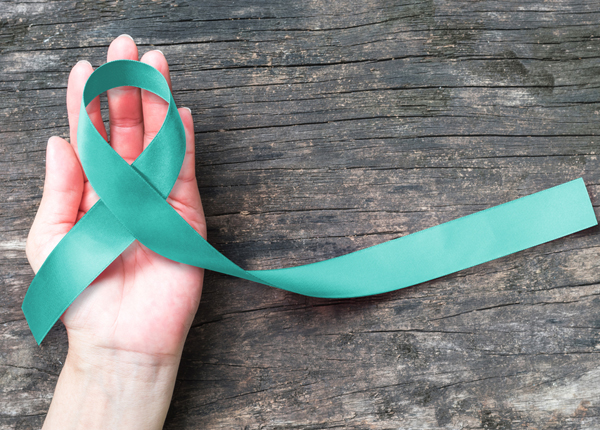Modelling shows fewer than one in 100,000 women in Australia dying from cervical cancer by 2034
Australia looks set to make cervical cancer a rare disease by 2020 and functionally eliminate it within the decade, thanks to the early uptake of HPV vaccines and HPV screening.
This year, almost 1000 women are expected to be diagnosed with cervical cancer, and around 250 are expected to lose their lives to it.
But new modelling by Cancer Council NSW found that Australia is on target to be the first country to eliminate it as a public health problem.
If five-yearly screening continues, the number of women diagnosed with cervical cancer may be fewer than one in 100,000 in the next half century, the researchers found.
“We know that we’re leading the world in terms of the breadth and coverage of our HPV vaccination program,” Associate Professor Julia Brotherton, the medical director at the VCS Foundation, said.
Data had supported Australia’s early adoption of the HPV vaccine and HPV screening, but this modelling gave a timeline for clear targets such as eliminating cervical cancer as a public health problem, Professor Brotherton, study co-author and one of Australia’s leading experts on HPV vaccination and epidemiology, said.
It indicates that by 2020, fewer than six women per 100,000 will be newly diagnosed with the disease, and by 2028 this will drop to fewer than four.
“But it’s really important that everyone understands that when we talk about ‘elimination’, we’re not talking about zero cases,” Professor Brotherton said.
Cervical cancer was “absolutely not” going to go the way of smallpox, she added.
For starters, cancer was a “completely different ballgame” to smallpox, there were many different types of HPV causing it and it was largely asymptomatic, she said.
Professor Brotherton said it was important to be clear about this point, “otherwise we’re going to be disappointed when we realise that it doesn’t mean it’s gone forever and that no one has to get their children vaccinated in the future”.
One potential change on the horizon looks set to come as the cohort of women vaccinated with the more effective nine valent vaccine ages. While women will be better protected against more HPV types, this could result in widespread screening becoming less cost-effective.
“It is probably not going to be a rational use of healthcare resources,” she said.
“The amount of disease that you’re going to prevent on top of the vaccination in the longer term is very, very low, so it is far more likely that we’ll have more rational screening in those groups – whether that is a 10-year interval or two screens in a lifetime.”
Even if screening drops off among this group, Australia is still set to have fewer than one in 100,000 women dying from the disease by 2034, the modelling indicates.
Regardless, the authors emphasised the need for ongoing screening in some capacity, citing examples such as migrant women entering the country with HPV infection.
“There’s no way we could ever get rid of the virus itself from the entire population with the current tools we have available,” Professor Brotherton said. “That’s why we need this combination of vaccination and screening to aim to very low levels rather than no disease at all.”
Lancet Public Health 2018; online 2 October


